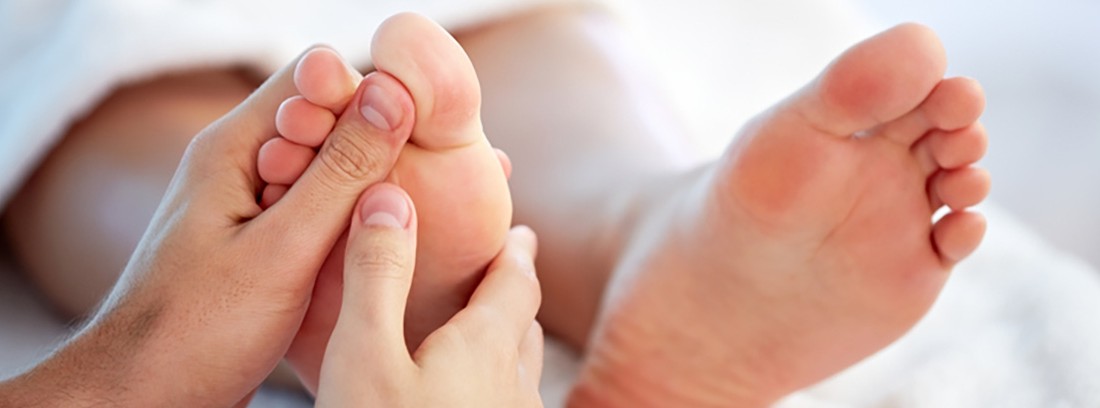Foot reflexology

The massages performed in reflexology are performed normally on the feet although massages can also be performed on the hands, the skull, the ears ... However, foot or foot reflex therapy is the most common of all. The origins of this healing manual technique are difficult to date and locate, as are most ancient techniques. It is very possible that different cultures (Egyptian, Indian ...) developed similar forms of treat diseases and pathologies. However, modern reflexotherapy probably comes from the East, and more specifically from the China, locating its origin inaccurately more than 5,000 years ago.
What is reflexology?
The technique of reflexology is based on the fact that the different parts of the body are reflected in the soles of the feet and that, by massaging said parts, indirectly or reflects those other areas of the body; hence the name of the therapy. Through reflexology, organs, muscles and other parts of the body can be treated, stimulating the body's own self-healing mechanisms. Of course, in addition to all this, direct and localized treatment is exercised on the feet, helping to treat and prevent many problems in the area. For its realization, no substance or tool is required other than own handsAlthough it is customary to use some oil to be able to massage more easily and fluidly.
Reflexotherapy is part of the set of or complementary that treats both the physical part of the body, as well as the emotional part. This last factor is also very important to know how to cope with a disease or pathology and allows even reaching the source for its healing process. When talking about the therapeutic part of massage, it should be very clear from the beginning that reflexotherapy is not a substitute for the doctor, but accompanies it. We should never delay or because of the fact that we are doing foot therapy.
Effectiveness and benefits of reflexology
The set of pathologies and diseases that reflexology can treat is very broad, although it is true that the scientific studies carried out so far are not conclusive in terms of its effectiveness. However, there are two cases in which the therapy using reflexology is clearly effective and very positive:
- Problems urinary system.
- Method anesthetic or pain reliever (for example, for people suffering from fibromyalgia, chronic fatigue, chronic diseases ...).
We cannot forget that it is a healing method based on tradition and the oriental concept of energy and its manipulation, while science is based on studies, parameters and empirical facts. It is for this reason that in Spain reflexology is not sufficiently regulated and all the centers that offer training do so on their own, without official or financial support from the administrations. In Great Britain, for example, it has some regulation.
Types of reflexology therapies
It is interesting and formative to know the different therapies that exist within reflexology, although there is nothing as valid as experiencing it for yourself.
- Holism (from holistic): in this case, the belief that each and every one of the components of our body affects the whole and that therefore pathologies, even when local, must be treated globally.
- Fibromyalgia: a still poorly understood disease of the musculoskeletal and neuropsychiatric system, and may even affect the central nervous system, characterized by persistent pain, extreme fatigue, stiffness and various psychological symptoms.
- Anamnesis: in medicine, it is the information provided by the patient, and therefore subjective, which includes family and personal history, signs and symptoms of their disease, related experiences ...
How does a reflexotherapy session work?
Our first visit will be special, since the therapist will ask us which is the reason for consultation, will make us a personal file with our data, a anamnesis and one physical exploration, trying to find there more clues about the treatment to follow. From there, the treatment itself will begin, which can be prolonged as long as necessary (let's think of chronic or long-term pathologies). Normally, unless it is a palliative treatment, session after session the patient should improve his quality of life, and this would be a very good sign of the suitability of the treatment.
- It is a therapy that consists of pressure on different points of the foot.
- The pressure on the feet is reflected in the organs, muscles ... that need to be treated.
- It is clearly effective for treating urinary system problems or as an anesthetic.
(Updated at Apr 14 / 2024)